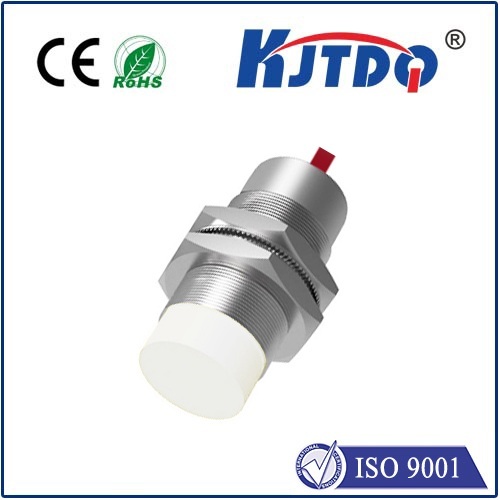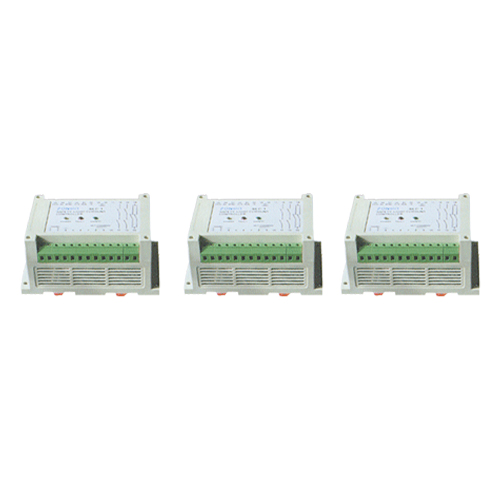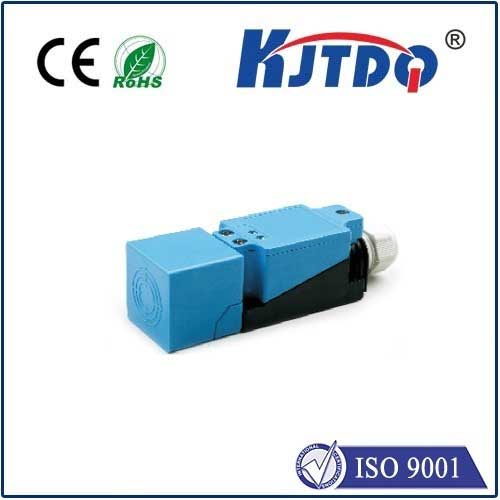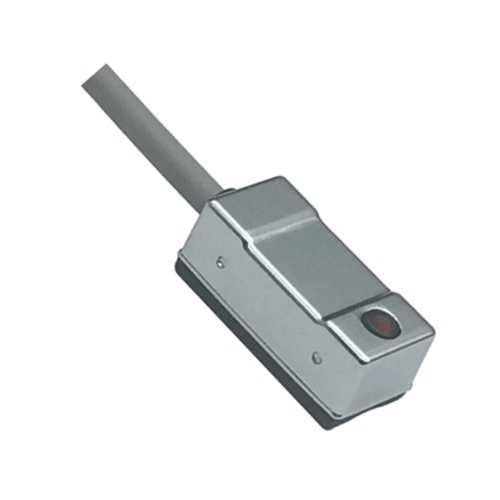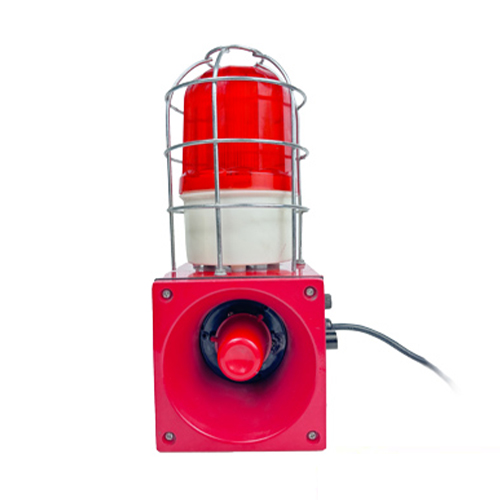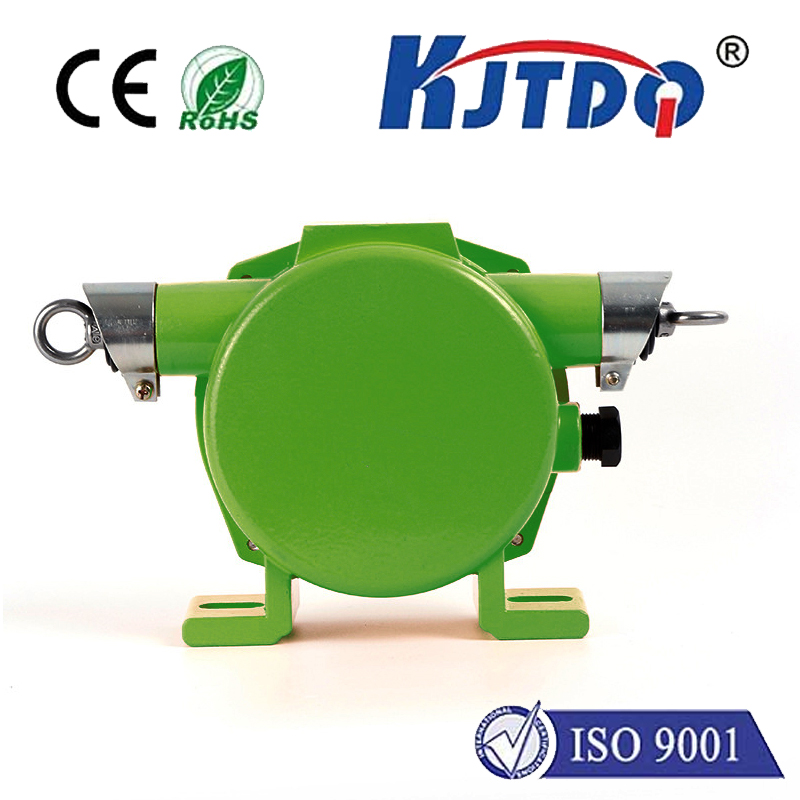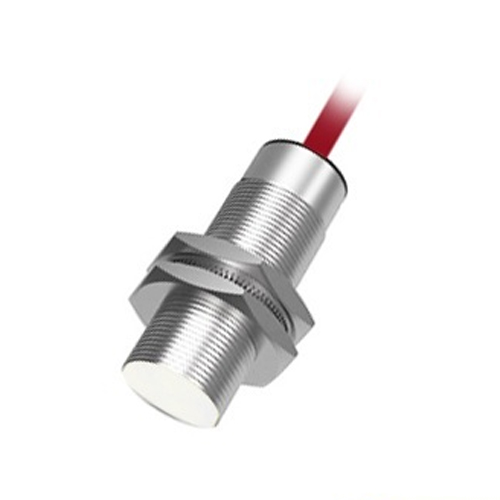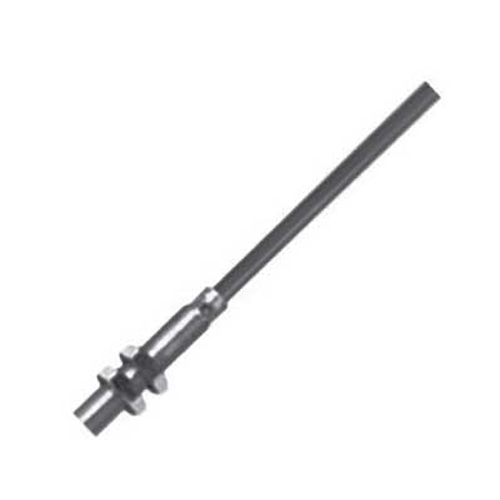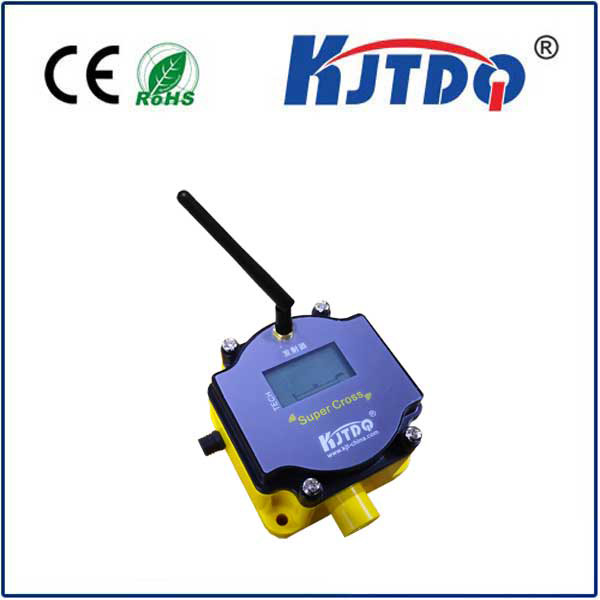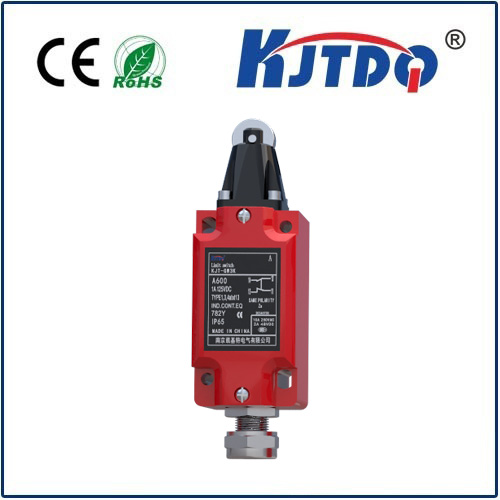rockwell proximity sensor
- time:2025-07-16 08:47:31
- Click:0
Rockwell Proximity Sensors: The Silent Sentinels of Industrial Automation Efficiency
In the complex choreography of modern manufacturing and process control, countless critical actions happen unseen. Machines position parts with micron precision, conveyors sync flawlessly, and robotic arms execute intricate maneuvers – all relying heavily on a fundamental layer of sensing. Among the most ubiquitous and vital components in this unseen infrastructure are Rockwell proximity sensors. These unsung heroes provide the essential “eyes” for automation systems, detecting the presence or absence of objects without physical contact, enabling smarter, safer, and more efficient operations. Understanding their role and capabilities is key to unlocking peak performance in any industrial setting.
What Exactly Are Proximity Sensors, and Why Rockwell?
At their core, proximity sensors are devices designed to detect the presence or absence of a target object within a defined sensing range, without requiring any physical contact. This non-contact detection offers significant advantages over mechanical switches: no moving parts to wear out, resistance to vibration and shock, immunity to contaminants like oil, dust, or moisture, and incredibly fast response times.
Rockwell Automation, a global leader in industrial automation solutions, manufactures a comprehensive range of high-performance proximity sensors under its renowned brands, primarily Allen-Bradley. These sensors are engineered specifically for the demanding environments of factory floors, refineries, material handling systems, and beyond. They are built to Rockwell’s rigorous standards for quality, reliability, and performance, ensuring seamless integration with the broader Rockwell Automation ecosystem, including PLCs (Programmable Logic Controllers), HMIs (Human-Machine Interfaces), and networked I/O systems.
The Inductive Magic: How Rockwell Proximity Sensors Work
The most common type found in industrial metal-cutting, assembly, and packaging lines is the inductive proximity sensor. Here’s the ingenious principle:
- Internal Oscillator: The sensor contains an oscillator circuit that generates a high-frequency electromagnetic field at its active face.
- Field Disturbance: When a metallic target object enters this field.
- Detection Trigger: The eddy currents induced in the metal target absorb energy from the oscillator’s field, causing the oscillation amplitude to decrease.
- Signal Output: An internal circuit detects this amplitude change and triggers a solid-state electronic switch (the sensor’s output). This output signal (commonly DC voltage like NPN or PNP) is then sent to the controller (e.g., a Rockwell PLC like ControlLogix or CompactLogix), informing it of the object’s presence.
Key Advantages Offered by Rockwell Proximity Sensors
Choosing Rockwell proximity sensors translates into tangible operational benefits:
- Superior Reliability & Longevity: With no moving parts and robust housings (often featuring IP67, IP68, or IP69K ratings for dust and water resistance), these sensors withstand harsh industrial environments, minimizing unplanned downtime and maintenance costs. You can count on them shift after shift.
- Blazing-Fast Response Speeds: Detecting events in microseconds, they are perfectly suited for high-speed automation tasks like counting, sorting, or verifying position on fast-moving lines.
- Environmental Resilience: Resistant to oils, coolants, dust, vibration, and shock, they perform consistently where other sensor types might falter. This ruggedness is a hallmark of Rockwell industrial components.
- Seamless Rockwell Integration: Designed to work flawlessly with Rockwell Automation controllers and networks (like EtherNet/IP), configuration and troubleshooting within the Studio 5000 Logix Designer environment are streamlined. The result is faster commissioning and reduced engineering time.
- Wide Range & Flexibility: Rockwell offers inductive sensors in diverse form factors (cylindrical, rectangular, block), sensing distances (from a few mm to several cm), output configurations (NPN, PNP, analog, IO-Link), and connection types (cable, M8/M12 connectors) to fit virtually any application requirement. Selecting the right sensor model is crucial for optimal performance.
Where Rockwell Proximity Sensors Shine: Core Applications
These sensors are the workhorses of detection across countless industries:
- Object Detection & Presence Verification: Confirming parts are present on a conveyor pallet, fixture, or assembly station before a machine cycle begins. Critical for process reliability.
- Position Limiting & End-of-Travel Detection: Sensing the open/closed position of valves, doors, guards, or slides. Ensuring cylinders or actuators have reached their programmed stroke end.
- Precise Counting: Tracking parts moving past a point on a conveyor, bottles on a filling line, or products for inventory control. Accurate counting underpins production metrics.
- Speed Monitoring: Detecting the teeth of a rotating gear or flags on a shaft to calculate RPM for motor control or process verification.
- Machine Safety: Providing presence signals for safety interlock circuits (often used in conjunction with dedicated safety switches/sensors). For example, confirming a guard door is fully closed.
- Level Detection: Monitoring the level of metallic contents in bins, hoppers, or tanks (e.g., detecting a low metal level in a coolant reservoir).
Choosing the Right Rockwell Proximity Sensor
Selecting the optimal sensor involves considering several factors:
- Target Material: Inductive sensors detect ferrous metals (like steel/iron) at the longest range. Non-ferrous metals (aluminum, brass, copper) have a shorter sensing range. Non-metallic targets require capacitive or photoelectric sensors. Always check the sensor specifications for the specific target material.
- Required Sensing Distance: Choose a sensor with a nominal sensing range greater than the required installation gap. Consider safety margins.
- Operating Environment: Temperature extremes, chemicals, washdown requirements (high IP rating), and potential physical impacts dictate housing material (stainless steel, nickel-plated brass, PBT plastic) and ingress protection (IP rating).
- Electrical Requirements: Input voltage (commonly 10-30V DC), output type (NPN sinking or PNP sourcing), current rating, and connection type (pre-wired cable or connector). Ensure compatibility with your Rockwell PLC input module.
- Housing Size & Mounting: Space constraints and mounting method (flush or non-flush) influence the best form factor (e.g., smaller cylindrical vs. larger block styles). Non-flush mounting offers slightly longer range but requires more clearance.
- Advanced Features: Consider sensors with IO-Link capability for enhanced diagnostics, parameterization, and process data integration into your Rockwell control architecture. Indicators like LED status lights greatly aid commissioning and troubleshooting.
Innovation at the Forefront: Rockwell Automation’s Evolution
Rockwell continuously innovates. Modern Rockwell proximity sensors increasingly feature IO-Link communication. This transformative technology moves beyond simple switch signals, enabling:
- Remote configuration of sensing parameters.
- Continuous diagnostic monitoring (operating voltage, temperature, switch cycles).
- Detailed fault reporting directly to the Rockwell PLC.
- Potential for transmitting analog-like measured values (e.g., distance variation).
This enhances predictive maintenance, reducing troubleshooting time and further boosting overall equipment effectiveness (OEE). Rockwell Automation integrates these smart sensors seamlessly into its FactoryTalk suite for comprehensive data visibility.
Robust Performance Starts with Reliable Detection
From ensuring a robotic arm picks up a part











